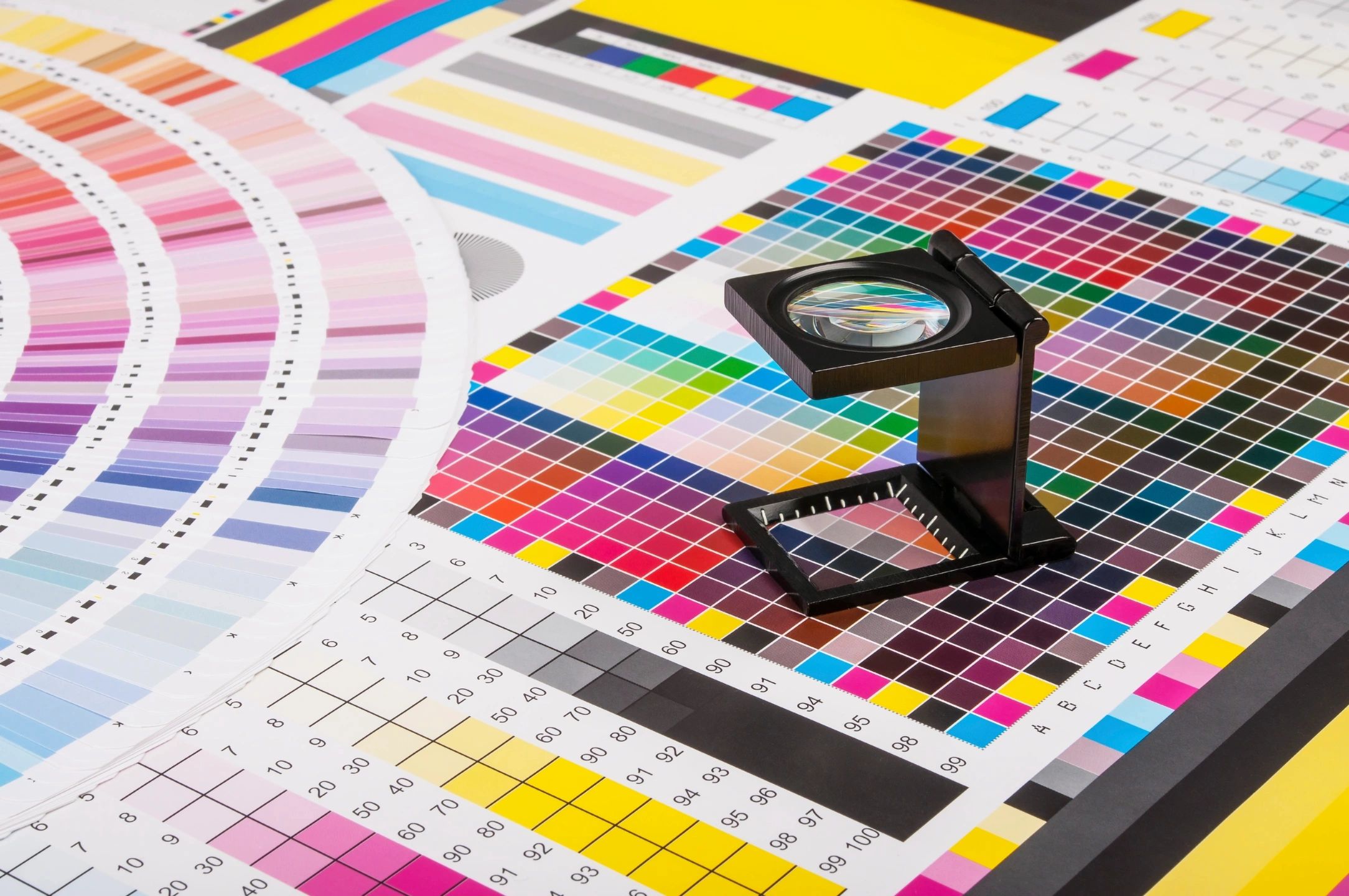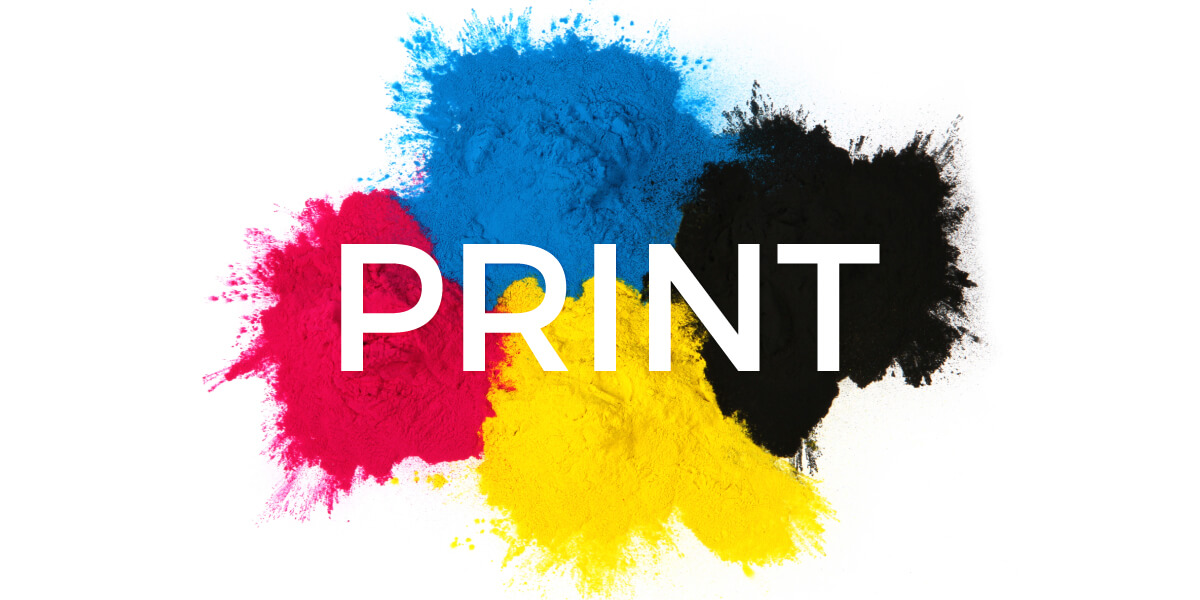The Ultimate Overview to Making Use Of Printing Services for Customized Art Prints
Guiding via the world of customized art prints requires a clear understanding of various printing services. Artists must take into consideration variables such as printing methods and products to attain the preferred result. Each decision, from art work preparation to shade calibration, plays an essential role in the end product. As they check out these elements, musicians can reveal the potential for their job to get in touch with target markets in a purposeful means. What steps can they require to ensure their prints stick out?
Understanding Different Kinds Of Printing Providers
Many individuals might ignore the intricacies of printing services, recognizing the different kinds available is vital for any person looking to develop custom-made art prints. The most common kinds consist of digital printing, balance out printing, and screen printing. Digital printing is favored for its fast turnaround and ability to produce premium pictures directly from digital data, making it optimal for small runs. In contrast, balanced out printing deals exceptional image top quality and is cost-effective for larger quantities, using plates to transfer ink onto paper. Screen printing, often utilized for fabrics and promotional things, entails pressing ink via a mesh display, permitting lively colors and appearances. Each technique has its one-of-a-kind advantages and constraints, making it crucial for musicians and designers to assess their certain needs, such as quantity, preferred quality, and budget, before choosing a printing service that lines up with their artistic vision.
Selecting the Right Products for Your Prints
Picking the ideal materials is important for achieving high-grade personalized art prints. Recognizing the numerous kinds of paper and the value of ink top quality can significantly affect the outcome. Musicians need to think about these factors to assure their vision is accurately stood for in the printed piece.
Paper Kind Explained
Choosing the right paper type is crucial for achieving the desired visual and durability in custom-made art prints. Numerous options exist, each offering distinctive qualities. Shiny paper enhances shade vibrancy and information, making it excellent for photography prints. Alternatively, matte paper offers a softer surface, which is more suitable for artwork that calls for subtlety and structure. Great art paper, often made from cotton or alpha cellulose, uses historical high quality and is suitable for replicating complex details in paints (Print Shop Near Me). In addition, specialized documents, such as watercolor or canvas, can include one-of-a-kind aesthetic results. Ultimately, selecting the suitable paper type will significantly affect the final discussion, making certain that the artwork is both lasting and visually enticing
Ink Top Quality Matters
Ink quality plays a vital role in the general success of personalized art prints. Top quality inks guarantee dynamic shades, sharp details, and long life, which are vital for showcasing artistic job. When selecting printing solutions, artists must consider pigment-based inks over dye-based options, as they supply better discolor resistance and shade stability. Furthermore, the choice of ink ought to enhance the picked paper kind, boosting the print's aesthetic effect. Environmental variables, such as moisture and temperature, can additionally affect ink efficiency; therefore, artists ought to ask about ink formulas that withstand these components. Inevitably, buying remarkable ink top quality can elevate the final product, assuring that the art print continues to be real to the artist's vision for several years ahead.
Exploring Printing Strategies: Digital vs. Conventional
While both digital and typical printing strategies have their one-of-a-kind advantages, the choice on which approach to use commonly depends upon the particular demands of the artwork. Digital printing succeeds in versatility and rate, enabling quick turnaround times and the ability to publish as needed. This method is particularly useful for artists that require special pieces or small runs, as it removes the need for substantial configuration processes.Conversely, typical printing methods, such as lithography and display printing, typically create richer shades and structures, appealing to musicians seeking a much more authentic and tactile finish. These approaches can enhance the depth and high quality of the art work, making them ideal for larger editions. Furthermore, conventional methods may supply an unique aesthetic that digital printing occasionally battles to reproduce. Ultimately, the choice in between these methods ought to consider variables like wanted high quality, quantity, and artistic intent, assisting artists to the most appropriate choice for their tasks.

Preparing Your Art Work for Printing
Efficiently preparing art work for printing requires careful attention to information, no matter the selected printing method. Musicians should ensure that their data are created at the suitable resolution, commonly 300 DPI, to preserve intensity and quality. The right color mode, typically CMYK for print, is essential to accomplish the preferred shade accuracy. Musicians must additionally take into consideration the measurements of the art work, making certain to include hemorrhage areas if needed, to stop any type of undesirable white edges after trimming.Additionally, documents styles play an essential role; TIFF and PDF are typically preferred for premium prints. Before submission, it's important to assess the art work for any blemishes or unwanted aspects. By meticulously examining these facets, artists can boost the possibility of their prints straightening find more with their creative vision, eventually bring about a successful printing end result.
The Relevance of Shade Calibration and Proofing
Shade calibration and proofing are crucial actions in the printing procedure, as they assure that the final result properly mirrors the musician's vision. Appropriate shade calibration guarantees that the shades showed on the display match those that will certainly be printed. This procedure includes readjusting the display settings, printer accounts, and inks to accomplish a regular shade representation.Additionally, proofing allows musicians to preview their work before the final print run. This phase enables them to discover and fix any kind of disparities in saturation, shade, or information, thus lessening expensive mistakes. By utilizing digital or hard-copy evidence, artists can make informed choices regarding adjustments required for optimal results.Incorporating color calibration and proofing right into the printing operations not only boosts the top quality of the end product however additionally fosters a trustworthy partnership between the printing and the musician service, ensuring contentment and fidelity to the initial art work.
Selecting the Perfect Size and Layout for Your Prints

Marketing and Marketing Your Custom-made Art Prints
Marketing and marketing personalized art prints needs a strong brand identification to stick out in an open market. Efficient on the internet promotion methods and the tactical use of social networks platforms can significantly enhance visibility and interaction. By incorporating these aspects, artists can create a compelling visibility that brings in possible purchasers.
Structure Your Brand Name Identity
Establishing a strong brand identification is crucial for artists aiming to efficiently market and offer their custom-made art prints. This identification incorporates the artist's one-of-a-kind design, worths, and story, which resonate with prospective buyers. Artists should produce a cohesive aesthetic visibility throughout all systems, including logo designs, color systems, and typography that mirror their creative vision. Furthermore, a clear objective declaration aids interact the musician's function and interest. Engaging storytelling concerning the motivation behind each item can promote psychological connections with the audience. Uniformity in messaging, whether on social media sites or packaging, boosts acknowledgment and trust. By carefully curating their brand name identification, artists can differentiate themselves in an open market, attracting loyal clients that appreciate their visit this site virtuosity.
Efficient Online Promo Strategies
What techniques can artists utilize to properly advertise their custom art publishes online? First, creating a specialist site showcasing the artwork is vital. This website should include top notch photos and thorough descriptions to involve potential purchasers. In addition, musicians can utilize email advertising and marketing by constructing a customer checklist to share updates, promos, and brand-new launches. Collaborating with blog owners and influencers in the art community can increase reach and integrity. Supplying exclusive pieces or limited-time price cuts can additionally create seriousness, motivating purchases. Enhancing web content for search engines via appropriate key phrases will certainly enhance presence. Preserving a blog site about the creative procedure can draw in art fanatics, fostering a deeper connection with the audience and improving the overall advertising and marketing method.
Utilizing Social Media Platforms
Social network platforms serve as powerful tools for artists aiming to market and sell their personalized art prints. By leveraging platforms like Instagram, Facebook, and Pinterest, musicians can showcase their job to a large audience. Engaging visuals and calculated hashtags can increase exposure, attracting prospective purchasers to their profiles. Frequently uploading material, such as new layouts or behind the curtain procedures, helps keep audience interest and fosters a sense of area. Additionally, musicians can use targeted advertising and marketing to reach particular demographics, boosting the possibilities of sales. Collaborations with influencers or other musicians can additionally enhance exposure. Inevitably, a well-curated social media presence not just promotes customized art prints yet likewise builds a loyal consumer base in time.
Frequently Asked Inquiries

Exactly how Do I Locate Dependable Printing Service Providers?
To locate dependable printing solution carriers, one should research online evaluations, seek referrals from peers, compare portfolios, request examples, and assess customer care responsiveness. This complete strategy guarantees informed choices and satisfying outcomes.
What Is the Normal Turn-around Time for Personalized Prints?
The typical turnaround time for personalized prints differs by provider, but generally varies from a couple of days to two weeks. Elements influencing this consist of order size, complexity, and the certain printing strategies made use of.
Can I Obtain a Refund if I'm Not Completely satisfied With My Prints?
The inquiry of getting a reimbursement for unsatisfactory prints often relies on the particular printing solution's plans. Numerous business use satisfaction warranties, while others may have strict return problems, stressing the significance of reviewing terms ahead of time.
Are There Any Kind Of Hidden Prices Related To Printing Services?
Numerous printing services may consist of hidden prices such as setup costs, shipping fees, or surcharges for particular products. It's vital for consumers to ask concerning all possible costs before finalizing their order.
Just How Can I Guarantee My Prints Are Eco-friendly?
To assure prints are eco-friendly, one ought to select environment-friendly inks, recycled paper, and sustainable printing methods. Investigating printing services that prioritize sustainability and getting accreditations can even more ensure very little ecological influence in the printing process. Steering through the world of personalized art prints calls for a clear understanding of various printing services. Several individuals might neglect the intricacies of printing solutions, understanding the various types offered is important for anyone looking to develop customized art prints. The most usual types consist of digital printing, offset printing, and display printing. Successfully preparing art work for printing requires mindful interest to detail, regardless of the picked printing method. Prints intended at galleries might require basic sizes to help with framework, whereas distinct layouts may appeal to enthusiasts looking for something distinctive.Lastly, the printing service's abilities must be examined.